lichenaday: Physcia aipolia Physcia is the first lichen…
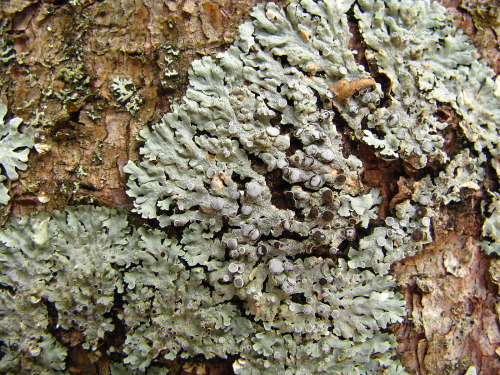
https://ift.tt/2A0zJO5
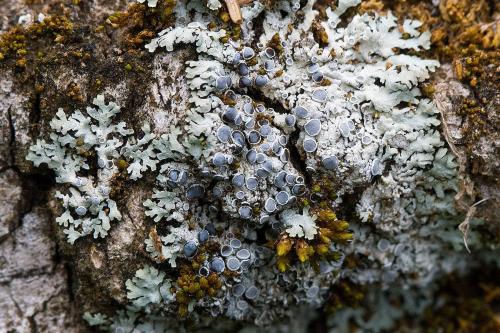
https://ift.tt/3fRCD79
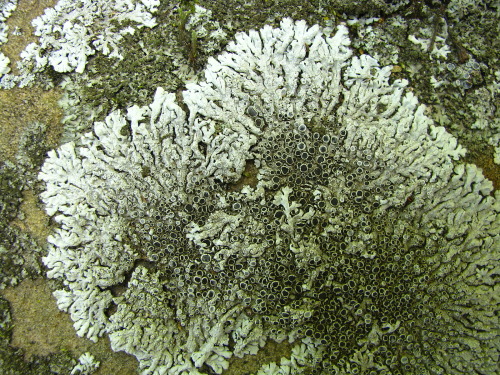
https://ift.tt/2NwUKD3
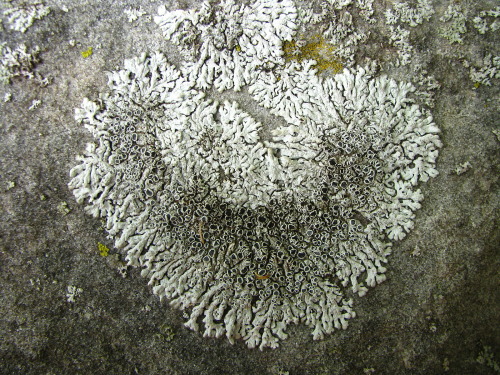
https://ift.tt/2NwUKD3

https://ift.tt/2NwUKD3
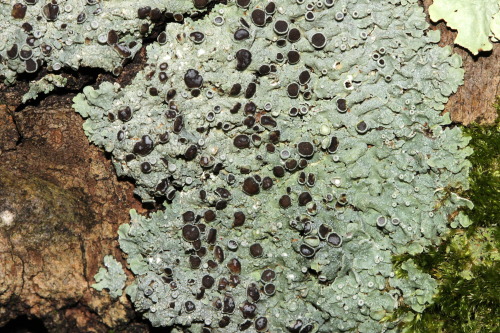
https://ift.tt/3fUxb3i
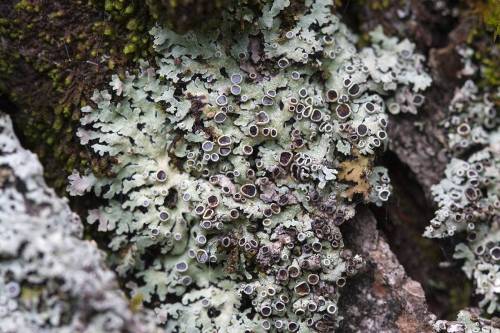
https://ift.tt/3fQUzij

https://ift.tt/3fUxb3i

https://ift.tt/2A0zJO5
Physcia aipolia
Physcia is the first lichen genus I ever presented on. And the presentation completely bombed. It was soooo poorly done. Like, it is one of those embarrassing memories that haunts me before sleep. I knew nothing about lichens at the time, nor where or how to look up info on them. It is part of the reason why I started this blog–to acquire the skills and resources needed to research lichens. I hope I am better at it now, and if you ever have feed-back for me or this blog, shoot me an ask! Anyhow, P. aipolia is a foliose lichen that forms rounded patches made up of flat or convex lobes. The upper surface color is greenish or pale gray, and dotted with distinctive white
pseudocyphellae. The lower surface varies from white to dark gray–Physcia lichens usually do not have particularly dark lower surfaces, which is one good way to superficially ID them. Apothecia have a distinctive pale exciple and a black disc often obscured by pale pruina. P. aipolia grows on the bark and branches of deciduous trees in open areas, and can be found in a variety of habitats in the Americas, Asia, and Europe. The descriptions on this lichen varied a bit, I guess showing that I am not as good at research as I thought! But it also looks like genetic studies on this species and similar species are ongoing, so we may not have a perfect delineation of this species yet. You can distinguish it from the similar P. stellaris with a K spot test; P. aipolia will turn yellow, and P. stellaris won’t react! Thank you weird chemical reaction things!
images: source
Reposted from https://lies.tumblr.com/post/621816982930636801.
